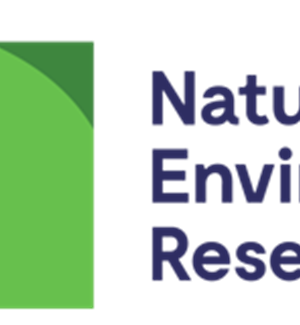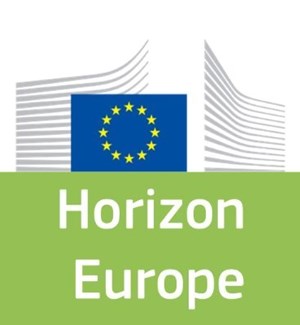- Alfred Wegener Institute, Helmholtz Centre for Polar and Marine Research - Germany,
- Norwegian Institute for Air Research (NILU) - Norway,
- Carl von Ossietzky University of Oldenburg - Germany,
- National Research Council (Consiglio Nazionale delle Ricerche, CNR) - Italy,
- Institute of Marine Research (IMR) - Ireland,
- Norwegian Research Centre (NORCE) - Norway,
- Helmholtz Centre for Ocean Research Kiel (GEOMAR) - Germany,
- University of Gothenburg (UGOT) - Sweden,
- Technical University of Berlin - Germany,
- Sigray - United States,
- Universitetet i Bergen - Norway,
- Continental Reifen Deutschland GmbH - Germany,
- Ocean Scientific International Limited (OSIL) - United Kingdom,
- Heriot-Watt University - United Kingdom
FACTS has the objective to create new knowledge and improve our mechanistic understanding on the sources, transport, occurrence, and fate of small microplastics in the northern marine waters. It addresses the geographical issue of microplastics transport from the temperate waters of the southern North Sea to the arctic waters of the Barents Sea. FACTS includes the physical distribution of microplastics on different temporal and spatial scales and their vertical transport in the water column. In addition, FACTS targets new challenges of determining and quantifying nanoplastics and tyre particles in the marine environment. It combines state- of-the-art analytical, monitoring and modelling approaches in feedback cycles to describe transport and geographical sources of microplastics contamination as well as sinks from the temperate waters of the southern North Sea to the Arctic waters of the Barents Sea. FACTS analyses the distribution of microplastics in the water column and quantifies Skagerrak as a major sink zone. Investigated transport processes range from drift scenarios to air transport to aggregation and sinking processes. FACTS also zooms in on the geographic scale to study microplastic transport and fate in a semi enclosed fjord system. The goal is to address the question of how microplastics move vertically in the water column with time under comparatively well- defined hydrodynamic conditions. FACTS is structured around a set of sampling campaigns reaching from the German Bight to Svalbard, where samples are collected from large research vessels, smaller research vessels, fishery vessels and land based boats. The sampling and analysis addresses microplastics particles of all shapes. The sampling targets to represent the whole water column from the interface with the atmosphere to the sediments. At a limited number of sites, benthic fish are caught wild and atmospheric deposition is sampled and analysed down to the nanometre range. The sea surface microlayer and larger rapidly sinking particle aggregates (marine snow) are sampled to improve the understanding of the role of these conditions and processes on the 3-dimensional transport of microplastics and nanoplastics. Plastic particle concentrations obtained from the proposed sampling campaigns are implemented into oceanographic models. The modelling approach is used to integrate release and transport scenarios, and the likelihood and timescale for particle pathways is estimated based on sinking, defragmentation, and beaching rates, obtained from observations. The reliability of reported data on small microplastics has improved significantly since more emphasis is put on contamination control, chemical identification of polymer particles, and removal of human biases by automation. Chemical imaging methods such as μ-FTIR and Raman microscopy with particle detection limits of 10 and 1 micrometre are now routinely applied. Based on these and emerging methods with even lower detection limits, FACTS delivers a more complete description of sources, transport and fate of small microplastics. FACTS also tackles the current challenges of nanoplastics and tyre wear particle detection in marine samples. Both particle types are currently not accessible for mass balances of marine plastics contamination. This project is part of the 2nd call of JPI Oceans Joint Action 'Ecological Aspects of Microplastics'.
Want to analyze based on this project via our analysis tool? Analyze this project
Knowledge Gaps
Environmental fate and behavior of plastic
Monitoring and detection equipment
Environmental exposure
Environmental effects and ecotoxicity
Tools to limit release



